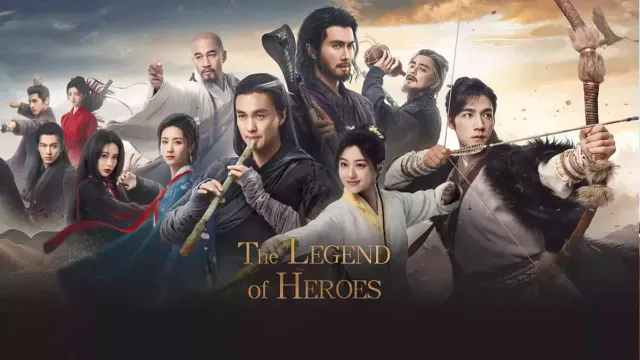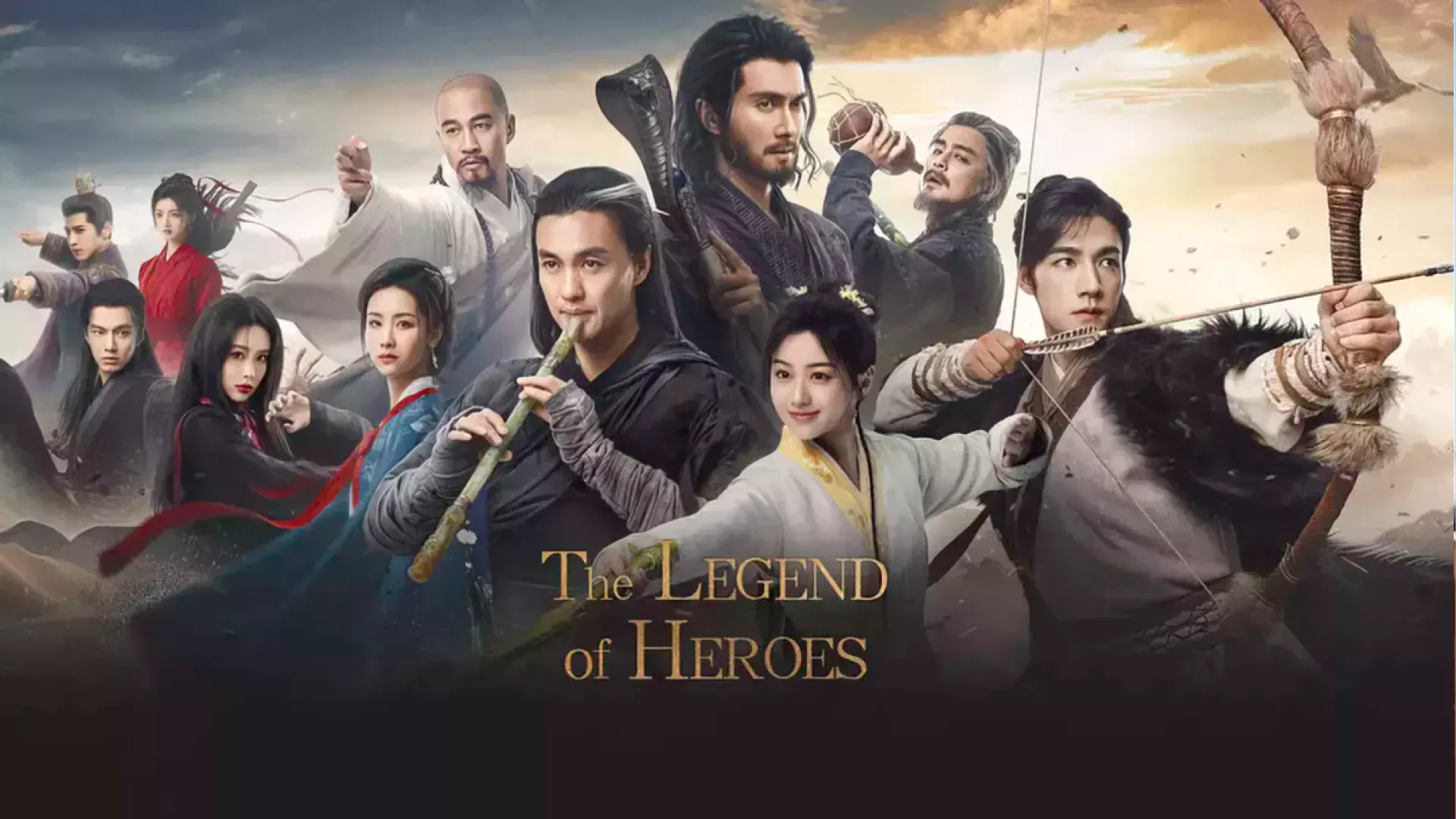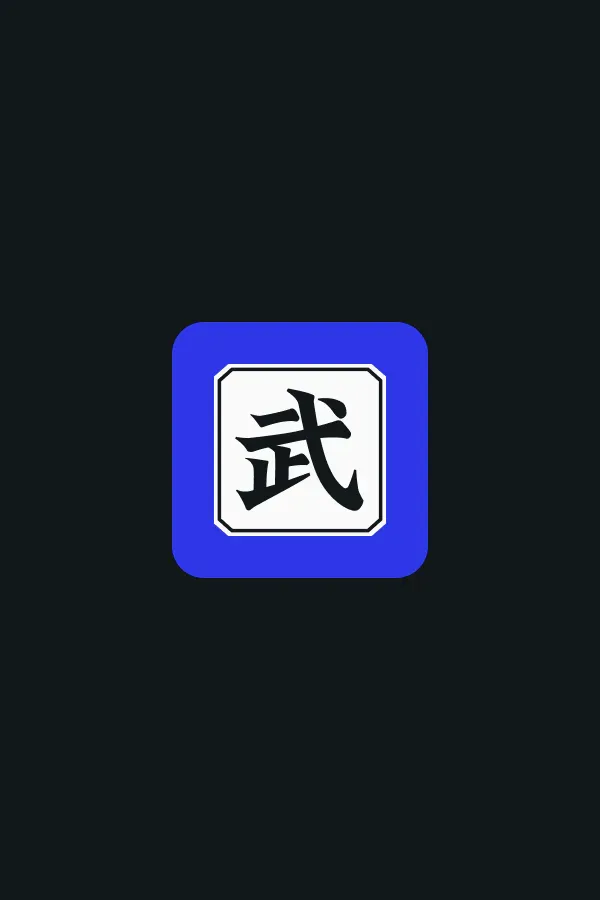Great Master Kumu (simplified: 枯木, traditional: 枯木, pinyin: Kūmù, jyutping: fu1 muk6) was the abbot of Yunqi Temple in Lin’an Prefecture and a martial arts master of the Vermilion Zenith School. A former military officer who later became a Buddhist monk, he represented the intersection of martial arts mastery and religious devotion in the jianghu during the late Song Dynasty.
Biography
Kumu was originally a military officer in the Song Dynasty before choosing to renounce worldly life and become a Buddhist monk. After becoming a monk, he took up residence at Yunqi Temple in Lin’an Prefecture, where he eventually became the abbot.
Kumu’s martial arts training came from the Vermilion Zenith School, a martial arts tradition that originated in the border region between Zhejiang and Fujian provinces. The school was considered a branch of the Shaolin School, incorporating both Buddhist martial arts principles and practical combat techniques.
His most significant involvement in the story occurred when his nephew Duan Tiande sought refuge at Yunqi Temple while fleeing from Qiu Chuji. Duan Tiande, masquerading under Taoist robes, convinced Kumu that a Quanzhen priest had assaulted the imperial salt inspectors. Out of familial loyalty, the abbot tried to escort his nephew out by night, only to have Qiu Chuji intercept them beneath the temple steps.
The confrontation between Kumu and Qiu Chuji became one of the early showcases of Jin Yong’s “orthodox vs heterodox” debate. Kumu relied on the Vermilion Zenith Arhat Saber and a series of defensive circles drawn in the snow, while Qiu Chuji advanced with Quanzhen palm techniques. For dozens of exchanges Kumu’s saber light wove a cage around the Taoist; yet when Qiu Chuji launched the “Dragon Soars in the Clouds” strike, the abbot’s protective qi was shaken and he realised his cultivation lagged behind the Quanzhen elder’s decades of inner work.
After tasting defeat, Kumu sheathed his saber rather than let the temple become a battlefield. He provided Duan Tiande with a letter to his fellow disciple Jiao Mu of Fahua Temple, hoping another master could smooth things over. This decision allowed the culprit to escape, but it also prevented bloodshed among innocents—a compromise consistent with Kumu’s Buddhist vows.
Personality and traits
Kumu embodied the traditional Chinese ideal of combining martial arts mastery with spiritual development. His approach emphasized the unity of physical and spiritual cultivation, believing that true martial arts excellence could only be achieved through the development of both aspects of human potential.
Kumu demonstrated practical wisdom in his handling of the conflict with Qiu Chuji, recognizing when resistance was futile and choosing to minimize further harm rather than pursuing a hopeless cause. His moral judgment was guided by both Buddhist principles and practical considerations.
Martial arts abilities
Kumu’s martial arts foundation was built upon the comprehensive training system of the Vermilion Zenith School. This school emphasized righteousness and compassion, values that would define his later actions and teaching methods. The school’s techniques combined Buddhist philosophical principles with practical combat applications.
Kumu’s signature martial art was the Arhat Sabre Technique, a sophisticated weapon technique that embodied the highest principles of Buddhist martial arts. This technique required exceptional control and precision, allowing the practitioner to deliver powerful strikes while maintaining spiritual awareness and compassion.
Kumu’s qi cultivation followed the traditional methods of the Vermilion Zenith School, emphasizing the development of qi through meditation, breathing exercises, and meridian circulation. This cultivation provided him with the foundation necessary for both martial arts combat and religious practice.
Relationships
Kumu’s relationship with his nephew Duan Tiande represented both family loyalty and moral conflict. As Duan Tiande’s uncle, Kumu felt obligated to protect him, but he also recognized the problematic nature of his nephew’s actions and character.
As the master of Lu Guanying, Kumu played a crucial role in the young man’s martial arts development and character formation. His teaching emphasized both technical skill and moral development, reflecting the Vermilion Zenith School’s philosophy of combining martial arts excellence with spiritual cultivation.
Kumu’s relationship with his fellow disciple Jiao Mu represented the broader network of martial artists within the Vermilion Zenith School tradition. Their connection through shared training and philosophical principles created a support system that extended beyond individual temples and regions.
Behind the scenes
Kumu’s character serves as an example of the intersection between Buddhist principles and martial arts practice in Jin Yong’s works. His confrontation with Qiu Chuji represents the early exploration of the “orthodox vs. heterodox” debate that runs throughout the novels. His decision to sheath his saber and prevent further bloodshed demonstrates how Buddhist vows can conflict with worldly obligations, particularly family loyalty. His character illustrates the complexity of moral choices in the martial world, where different systems of values must be reconciled.
Portrayals
See also
External links
- Kumu (Chinese) on Chinese Wikipedia
- Kumu (Chinese) on Baidu Baike
- The Legend of the Condor Heroes on Wikipedia


